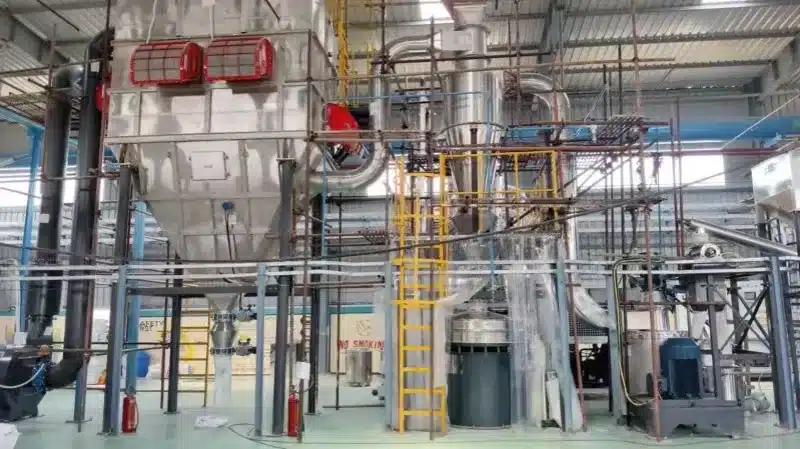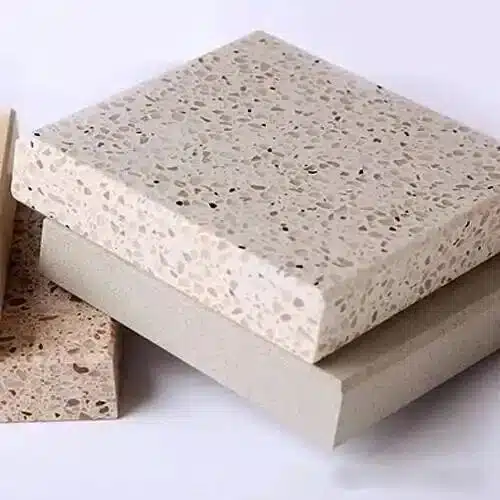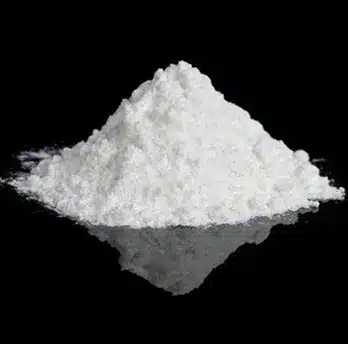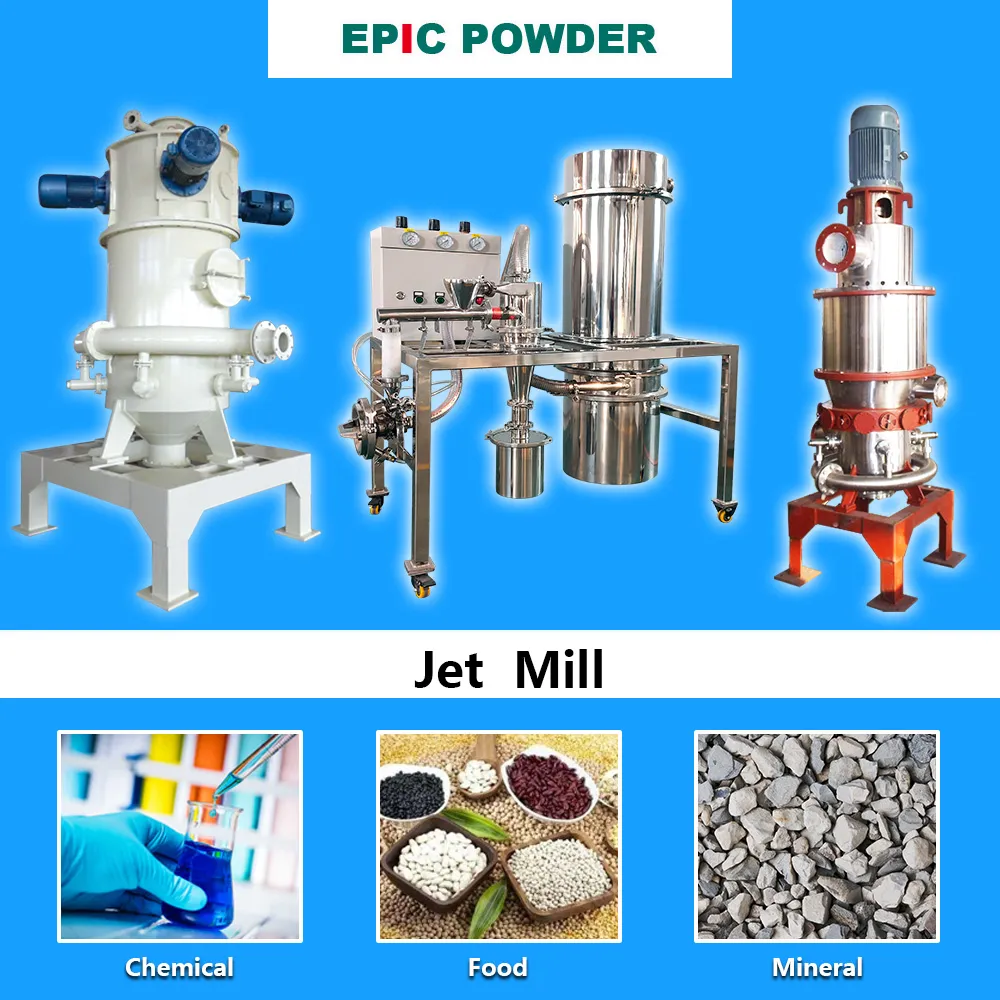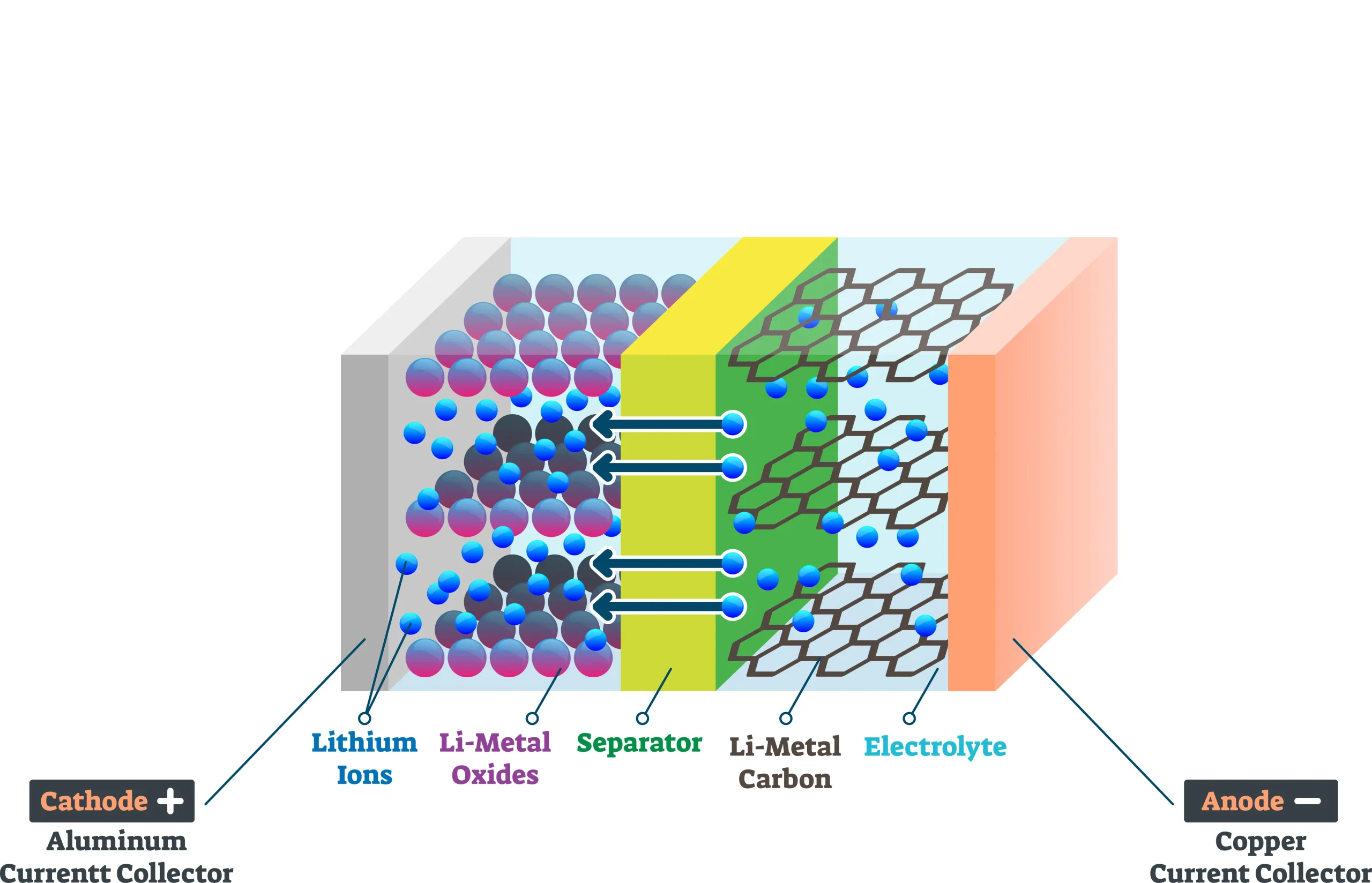As a leading supplier of ultrafine powder processing solutions, Qingdao EPIC Powder Machinery Co., Ltd. is at the forefront of technological innovation in carbon black milling. This article provides a comprehensive technical overview of the pulverization and classification process for carbon black using air classifier mills, underpinned by robust market and application data to help industry professionals understand the full landscape of opportunities and technology.
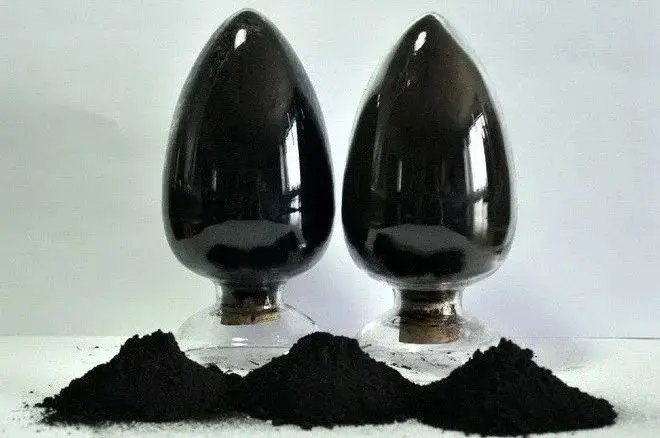
1. The Role of Carbon Black in Modern Industry
Carbon black is an essential material used in numerous sectors — most notably in tires (over 70% of global use), automotive parts, plastics, electronics, coatings, and inks. Its market continues to expand due to: The booming automotive and tire industries. Sustainable growth in plastics packaging and consumer electronics. Rising demand for specialty carbon blacks for batteries, conductive polymers, and high-performance coatings. The global carbon black market is projected to reach over $23.2 billion by 2035 with a steady CAGR of 4.8–6.1%. Asia-Pacific dominates both production and consumption, particularly China and India where tire and automotive manufacturing are in high demand.
2. Why Ultrafine Carbon Black? Technical and Performance Demands
High-performance applications – such as lithium battery electrodes, high-gloss paints, and UV-resistant plastics – require precise particle size control, narrow distributions, and high purity. Finer carbon black enhances: Electrical conductivity (batteries, electronic pastes). Reinforcing strength (tires, elastomers) Dispersion and color strength (inks, plastics, coatings) Meeting these requirements is only possible through state-of-the-art pulverization and air classification technology.
3. The Pulverization and Air Classification Process
a) Pulverization: Breaking Down Carbon Black
Air classifier mills (ACMs) use a high-speed mechanical impact combined with air streams:
Feed Preparation: Raw carbon black (often as agglomerates) is pre-crushed to <1mm for optimal performance. Impact Milling: High-velocity rotating hammers/pins create intense collisions, breaking particles down to ultrafine sizes. Inlet temperatures generally kept <60°C to avoid carbon black oxidation or structural damage.
b) Air Classification: Precision Particle Sorting
A dynamic air classifier wheel operates at 10,000–30,000 rpm: As carbon black passes through, centrifugal force and airflow separate particles by size and density. Fine particles are captured as product, larger ones return for further milling. Classification efficiency reaches 85–95%, routinely achieving product sizes of D97 ≤ 10μm and even sub-micron when required.
c) Adjustable and Customizable Output
Operators can finely tune: Classifier wheel speed and airflow rate for desired size cutoff. Feed rate and impact energy for throughput vs. fineness optimization. This enables tailored production for a wide range of industries.

4. Advantages of Air Classifier Mill Technology for Carbon Black
| Parameter | Air Classifier Mill | Conventional Mill |
| Achievable Particle Size | D97 ≤ 10μm, D50 < 20μm, even sub-micron possible | >25μm (typical) |
| Purity | Iron <10 ppm with high-purity construction | Higher contamination |
| Temperature Sensitivity | Inlet <60°C, gentle on heat-sensitive grades | Hotter, risk of damage |
| Energy Efficiency | High, but with greater energy demand than ball mills | Medium |
| Maintenance | Moderate (ceramic/SiC wear parts) | Lower, but with downsides |
| Application Flexibility | High; wide distribution and specialty capability | Lower |
Key technical strengths:
Ultrafine, uniform products for demanding industries. Low metal contamination—components can be ceramic or silicon carbide–coated. Suitable for high-purity, conductive, and pigment applications. No screen clogging: Fully air-swept design avoids blocking problems seen in mechanical mills.
5. Limitations and Technical Considerations
Higher energy consumption: About 1.5–2x that of ball mills for ultrafine sizes. Wear part replacement: Ceramic/SiC parts last 2,000–5,000 hours and cost 15–25% of unit price. Feed size limitations: Agglomerate reduction (pre-crushing) is required for reliable operation. Process requires careful parameter control for peak performance and consistent quality.
6. Application Data and Market Use Cases
a) Battery Materials
Lithium battery anodes: Require iron content <5ppm. Superfine conductive carbon black improves cycle life and conductivity.
b) Tire and Rubber
Ultra-fine carbon black (D50<20μm): Raises tread wear resistance, grip, and fuel efficiency for tires.
c) Inks and Pigments
For high-dispersion inks: Narrow particle size and optimized gloss/blackness.
d) Plastics and Polymers
Adds UV-resistance, electrical conductivity, and color strength to high-end compounds.
| Application | Typical Specification | Industry Benefit |
| Lithium battery electrodes | Iron <5ppm, D50 < 10μm | High purity, conductivity |
| Tires/automotive rubber | D50 < 20μm | Wear, grip, longevity |
| Inks/paints/coatings | High dispersion, D97<10μm | Color, smoothness |
| Plastics and masterbatch | Sub-micron to 10μm | Color, UV, ESD |
7. Global Industry Data and Trends
2025 global carbon black market: $21.9–$28.9 billion, expected to exceed $36.7–$42 billion by 2034.
Specialty carbon blacks (for batteries, electronics, coatings) are the fastest-growing segment, with up to 12–14% CAGR.
Demand drivers:
Expanding EV production/fleet and renewable energy storage. Growth in plastics and specialty materials in packaging and consumer goods. Stricter environmental and purity standards in electronics and automotive supply chains. Trends: Cleaner production, nanostructured carbon blacks, environmentally-friendly processing, and global capacity expansion.

8. Recommendations and Solutions for Industry Players
A. Plant Design and Equipment Choice:
Select air classifier mills with high-speed rotors and dynamic classifiers for ultrafine, high-purity products. Ensure mill materials and internal coatings match product purity needs — use SiC/ceramic where low metal contamination is essential.
B. Process Optimization:
Integrate pre-crushing stages to avoid feed blockages. Continuously monitor and adjust classification parameters for product consistency.
C. Maintenance & Life Cycle:
Adopt routine inspection and scheduled replacement of wear parts for minimal downtime. Use original, high-grade replacement components to retain performance and protect product quality.
D. Partner with Specialists:
Collaborate with equipment manufacturers that offer integrated service, from system design to after-sales support—like Qingdao EPIC Powder Machinery Co., Ltd.
9. Conclusion
The air classifier mill is the premier choice for advanced carbon black pulverization and classification. It delivers the precise control, high purity, and industry-driven flexibility needed in today’s performance-driven markets—whether for e-mobility, high-durability tires, electronic components, or specialty pigments.
With global demand rising and the push for cleaner technologies, choosing the right processing partner with the right technology—backed by deep technical knowledge and reliable after-sales support—will set your business apart in both quality and efficiency.
EPIC Powder Machinery Co., Ltd. stands ready with leading-edge solution for air classifier mills, robust technical support, and proven global experience to help boost your project’s success from lab-scale to high-volume industrial production.
For specific technical advice, data sheets, and project support, please contact our specialist team. Together, we will drive the next era of innovation in carbon black processing and application.


